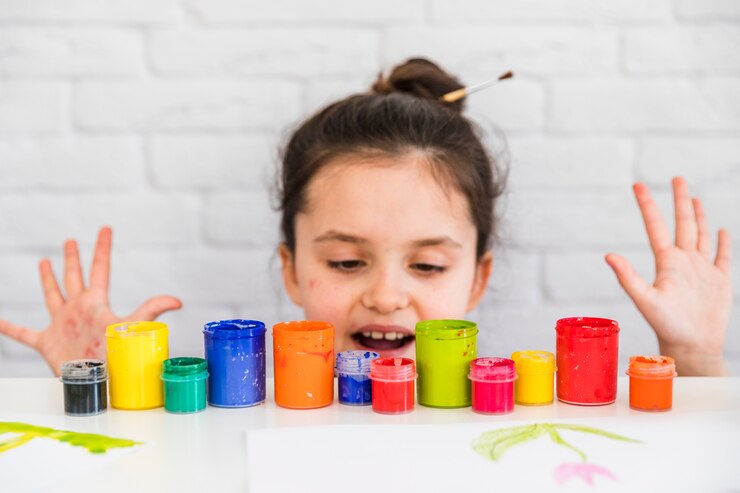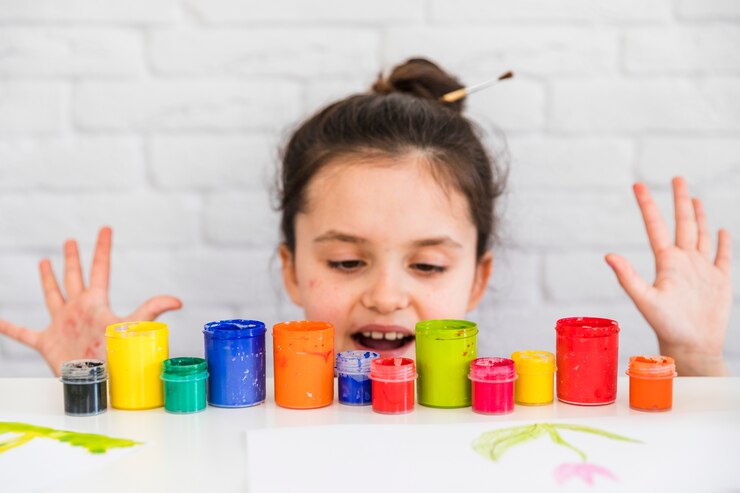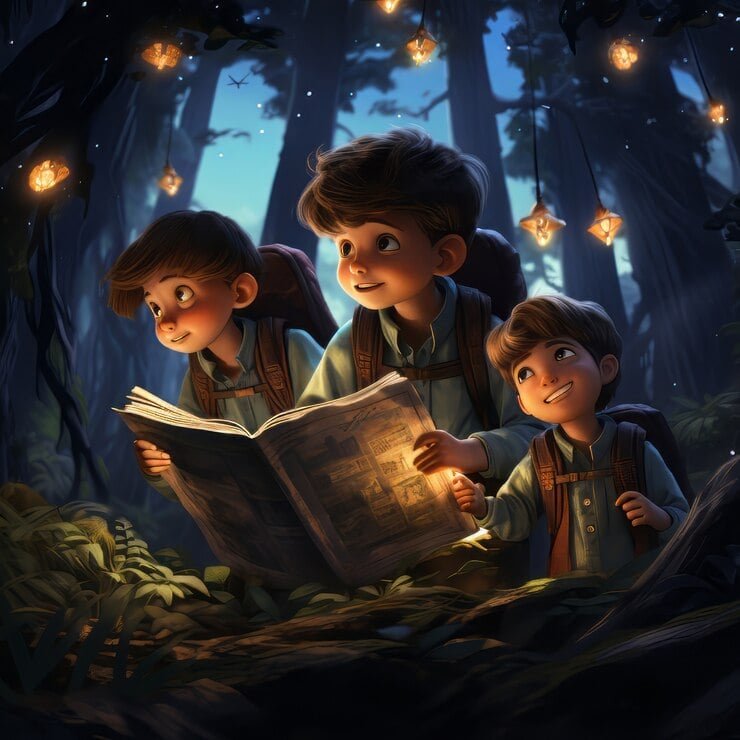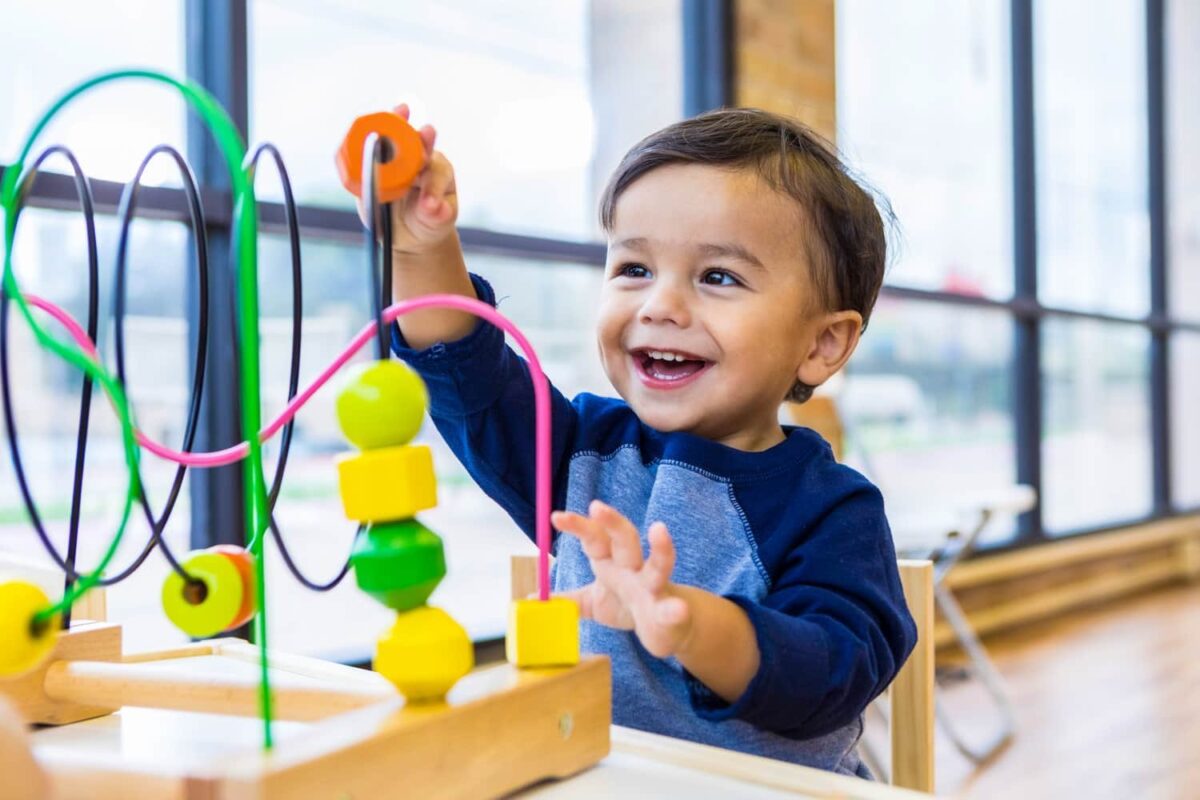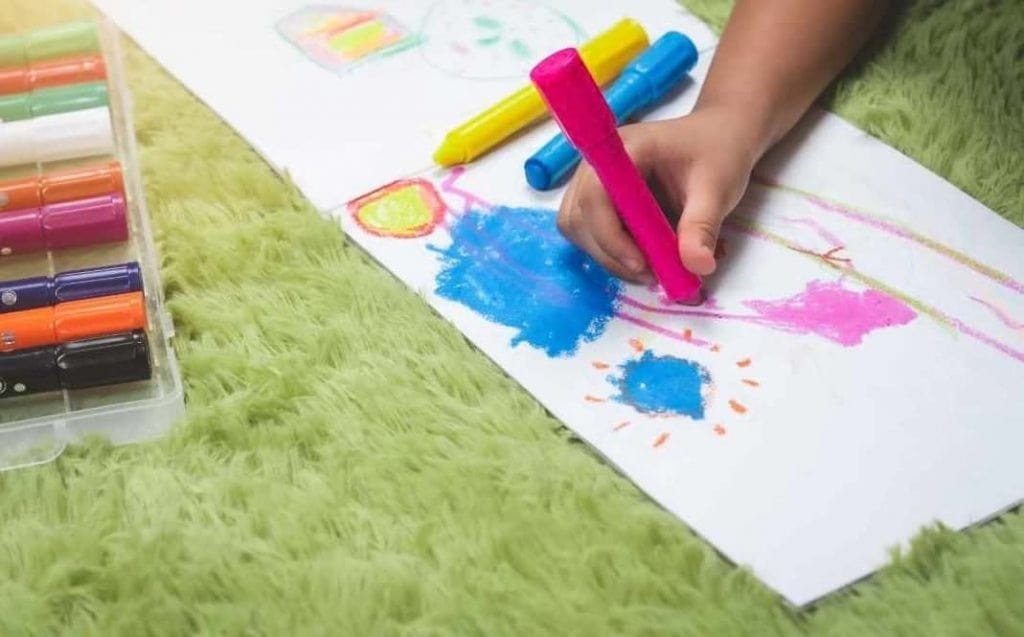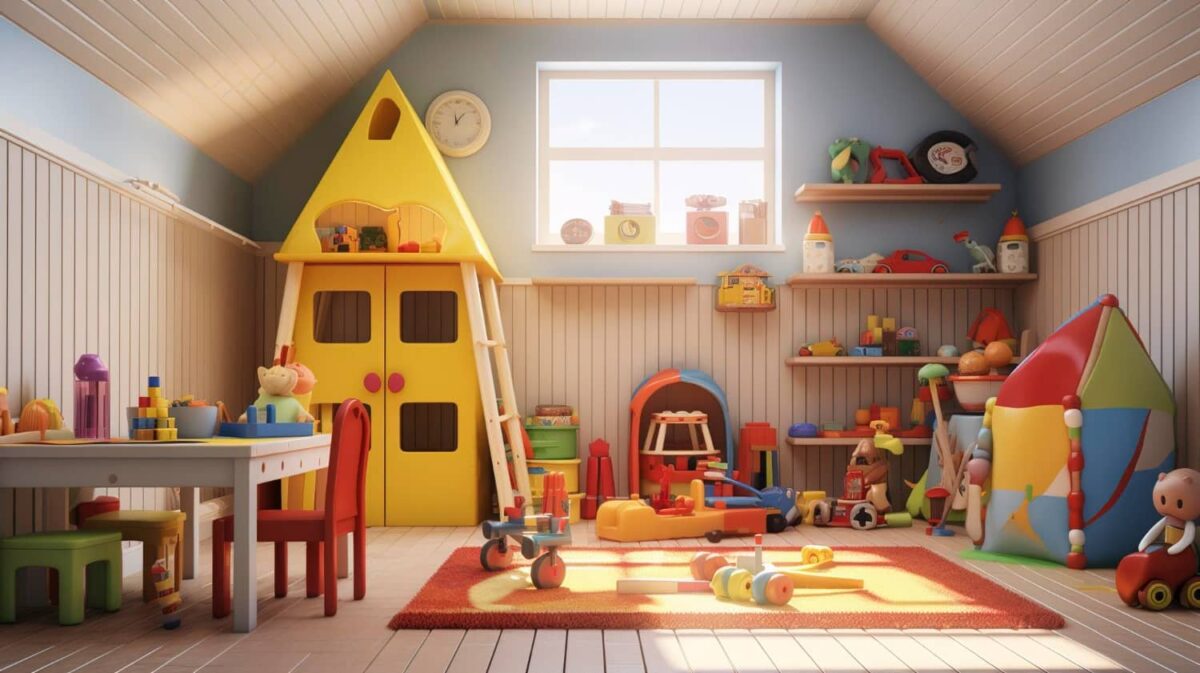Don’t we all fondly remember the excitement of our annual school sports day? The march-past practice, the heats, the drills, the selection day, and the final event.
Yes! Sports games and activities were a crucial part of our childhood, and it’s important to pass that experience on to our kids.
Physical activities have always been a key part of childhood in the US. Besides providing exercise, sports and fun activities help children develop important skills like teamwork, communication, and problem-solving. Therefore, it’s essential to encourage kids to participate in sports and games to help them lead a healthy and active lifestyle.
Today, with smartphones, video games, and YouTube, it can be challenging to keep children away from their screens. At Shir-Hashirim, we urge parents to instil the habit of physical activity in their children from a young age so they will grow up loving an active lifestyle. How do you get started? Since children love having fun, we recommend choosing activities that are so enjoyable they won’t even realise they’re exercising. Our top picks for kid-friendly workout games and activities will keep them moving and laughing the whole time.
In this blog, we’ll explore some fun indoor and outdoor games for kids. Make sure to note these sports activities. We will also look at the benefits of sports. So, on your mark, get set, go!
Here Are Some Indoor Games For Kids
There are many kid’s sports activities. Here is a list of some of the best indoor games for kids.
- Balloon Badminton
Balloon Badminton is excellent for preschoolers, providing physical activity and enhancing hand-eye coordination. You only need balloons, a net, and two paddles. Set up a net like in badminton, and let the kids hit the balloon back and forth. This game also teaches children about taking turns and playing fairly with others.
- Balloon Volleyball
Games like this for kids are similar to badminton but use a larger, beach ball-sized balloon. Set up a net and have the kids volley the balloon back and forth. It’s a fantastic way to introduce the concept of teamwork as they work together to keep the balloon in the air.
- Hot Potato
This classic game is ideal for preschoolers and a great way to get them active. Have the kids sit in a circle and pass a bean bag or balloon around. Whoever is holding the item when the music stops is out. This game helps teach quick thinking and reaction times.
- Dancing Ground
Who doesn’t love to shake their groove thing every now and then? Create a playlist with your favorite songs and have a blast dancing. You’ll be surprised at how much endurance it takes to keep dancing. Have a contest to see who can dance the longest!
- Ball Bowling
Set up a set of plastic bowling pins and have the kids take turns kicking a ball at them. This is a great way to get them moving and burn off some energy. Additionally, it helps them understand cause and effect as they see how different forces affect the pins.
- Hula Hoop Toss
Hang a hula hoop on a wall and let the kids toss bean bags, balls, or stuffed animals into it. Indoor games like this are great for practicing hand-eye coordination. You can make this activity more challenging by having the kids move further back, teaching them to adjust their strength accordingly.
- Hopscotch
Fun activities like hopscotch are always popular. Set up a hopscotch board on the floor with tape or chalk, and have the kids take turns hopping on each square. Sports activities like this get them moving and help practice coordination. It also introduces basic counting skills as they move through the numbered squares.
- Limbo
Games like limbo are super fun for kids. Set up a limbo stick and have the kids take turns trying to limbo under it. This game is excellent for flexibility and teaches kids about setting and overcoming physical challenges.
- Musical Chairs
One of the favorite fun activities for kids is musical chairs. Set up a circle of chairs, play some music, and have the kids take turns running around the chairs until the music stops. Whoever is left without a chair is out. It encourages children to be aware of their surroundings and react quickly to changes in the music.
Outdoor fun activities for preschoolers can help them stay active, learn, and explore their environment. These sports activities for kindergarten kids are sure to benefit them.
Here Are Some Fun Outdoor Games For Kids
Amongst the many kid’s sports activities, here is a list of some of the best outdoor sports activities for kindergarten kids. Read on the outdoor game names:
- Water Play
Water play is likely to be at the top of the list of fun activities for kids. Fill up a kiddie pool or use a garden hose to spray your little ones. Games like these can be made even more enjoyable by trying to catch the water or playing with water balloons. Not only does this activity cool them down on hot days, but it also introduces basic physics concepts like flow and resistance.
- Tag
Tag is a fantastic way to get your preschooler moving. Have your little one run around and try to “tag” other players while avoiding being tagged themselves. This simple game is excellent for developing speed, agility, and spatial awareness.
- Hide and Seek
Hide and Seek is a timeless game that’s enjoyable for all ages. Divide into two teams and have one team hide while the other team finds them. This game teaches children about strategy and patience, both when hiding and seeking.
- Jump Rope
Jumping rope is an excellent way to get your preschooler’s heart pumping. All you need is a jump rope and a flat surface. Let your little ones practice their jumps and turns while having fun. This has been a top pick among sports activities for kids for ages! It also improves rhythm and timing as they learn to jump over the swinging rope.
- Kickball
Kickball is a fantastic game that requires minimal equipment. All you need is a ball and an open space. Have your preschooler kick the ball and try to get it to the other team’s side. This game combines elements of baseball and soccer, helping kids develop a diverse skill set.
- Treks and Trails
Taking treks and trails can be an excellent way to explore the outdoors with your preschooler. Let them explore an area and search for different animals, plants, and insects. This activity nurtures a sense of adventure and teaches them about the natural world.
- Nature Scavenger Hunt
Create a list of items for your little one to find on a nature scavenger hunt. Include things like leaves, rocks, flowers, and more. This activity helps your preschooler learn to observe and identify their environment. It’s also a fantastic way to develop their observational skills and curiosity about nature.
- Red Light – Green Light
One person is chosen to be the traffic cop. With their back turned to the other players, all athletes line up at the starting point. When the traffic cop gives the “green light,” players sprint towards the finish line. However, when the traffic cop turns around and says, “Red light,” everyone must freeze. If the traffic cop catches anyone moving, they are sent back to the starting line. The first person to cross the finish line becomes the next traffic cop.
We are sure that these outdoor game names for kindergarten kids will be of great help in making them fit and agile!
Benefits Of Sports
Playing sports offers preschoolers numerous benefits, one of the most crucial being the development of gross motor skills like running, jumping, and throwing. These fundamental abilities form the basis for future athletic engagement and physical fitness.
- Enhances Socialization:
Engaging in sports can teach preschoolers the significance of cooperation and teamwork. Through sports, kids learn valuable skills such as communication, sharing, and working together towards a common objective, all of which are essential for life.
- Encourages Physical Activity:
One of the significant benefits of sports is that in today’s sedentary lifestyle, which includes children, it provides them with a reason to stay active and healthy. Regular physical activity aids in maintaining a healthy weight and prevents chronic diseases later in life.
- Teaches Discipline:
The benefits of sports are numerous, but we believe this is the top one: teaching kids the importance of following rules and regulations. This discipline can translate into better focus and behavior in school and other areas of life.
- Enhances Self-Esteem:
Engaging in sports can help preschoolers feel good about themselves and their achievements. Success in sports fosters a sense of accomplishment and contributes to building confidence, which is crucial for their overall self-image.
Final Thoughts
In conclusion, we emphasize that nothing can replace the value of sports, the education they provide, and the joy they bring to children. When selecting a preschool for your child, prioritize schools that offer ample opportunities for sports and games. Institutions like Shir-Hashirim are exemplary in this regard. To learn more, schedule a tour with us.
Above all, remember that sports have the potential to instill important values in your child in a seamless manner. Therefore, let sports be a significant part of your child’s life and watch them develop into admirable individuals.


